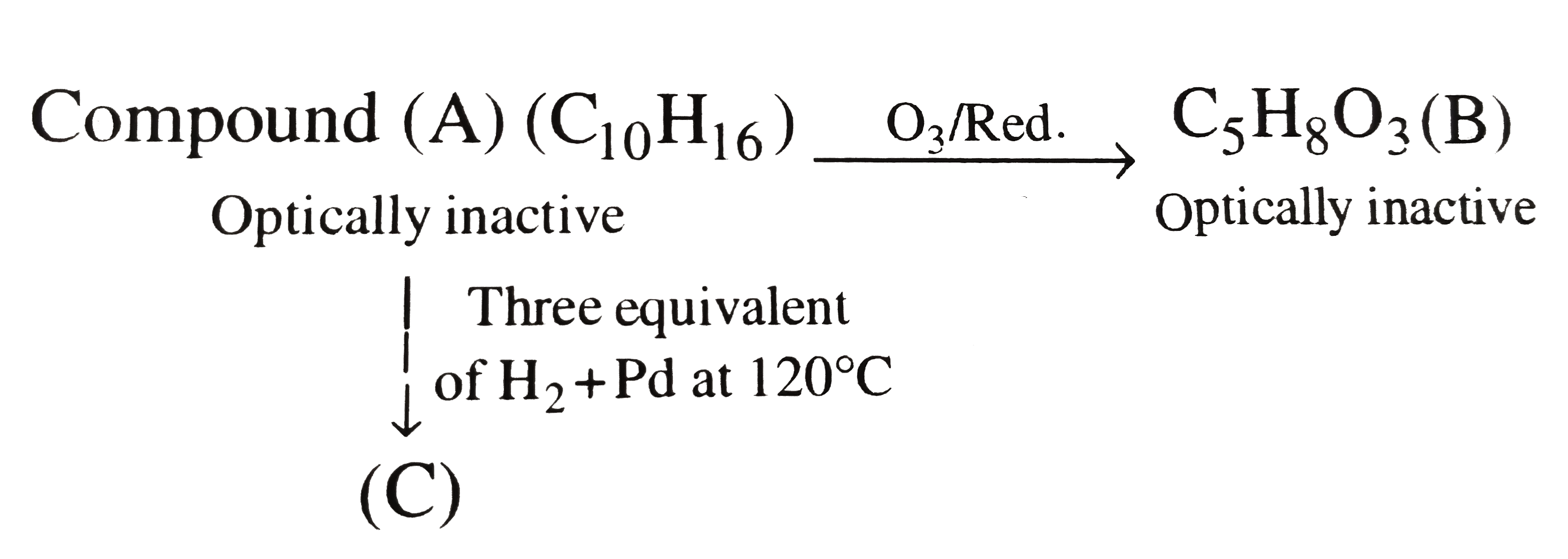
If the both compoundsd (A) and (B) are optically inactive, the possible structrue of (B) are:
A

B

C
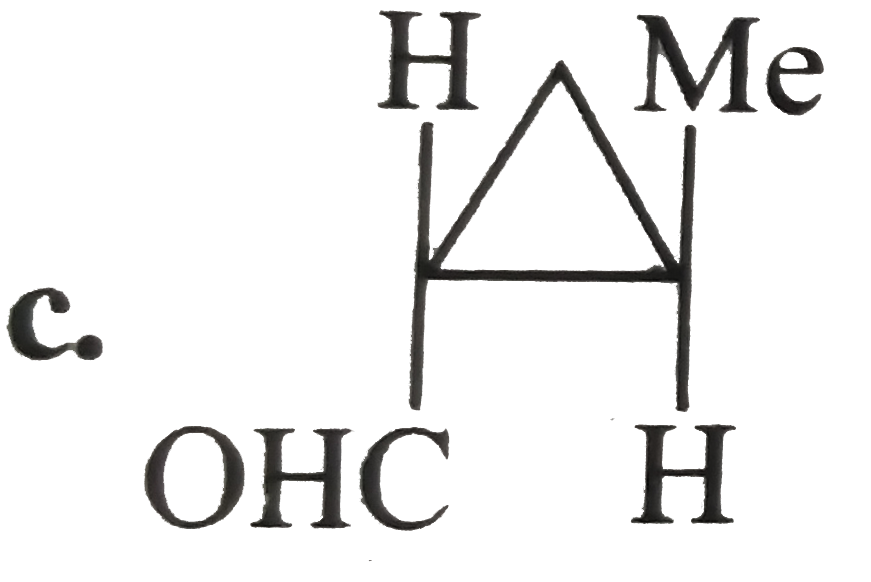
D
All
Video Solution
Text Solution
The correct Answer is:A
|
Answer
Step by step video, text & image solution for If the both compoundsd (A) and (B) are optically inactive, the possible structrue of (B) are: by Chemistry experts to help you in doubts & scoring excellent marks in Class 11 exams.
Updated on:21/07/2023Topper's Solved these Questions
- ISOMERISMBOOK - CENGAGE CHEMISTRYCHAPTER - ISOMERISMEXERCISE - Multiple choice questions (Exercise)
38 Videos
- ISOMERISMBOOK - CENGAGE CHEMISTRYCHAPTER - ISOMERISMEXERCISE - Single correct answer type
13 Videos
- ISOMERISMBOOK - CENGAGE CHEMISTRYCHAPTER - ISOMERISMEXERCISE - Exercise
19 Videos
- IONIC EQUILIBRIUMBOOK - CENGAGE CHEMISTRYCHAPTER - IONIC EQUILIBRIUMEXERCISE - Archives Subjective
28 Videos
- NCERT BASED EXERCISEBOOK - CENGAGE CHEMISTRYCHAPTER - NCERT BASED EXERCISEEXERCISE - Chemical Equilibrium
72 Videos
Similar Questions
Knowledge Check
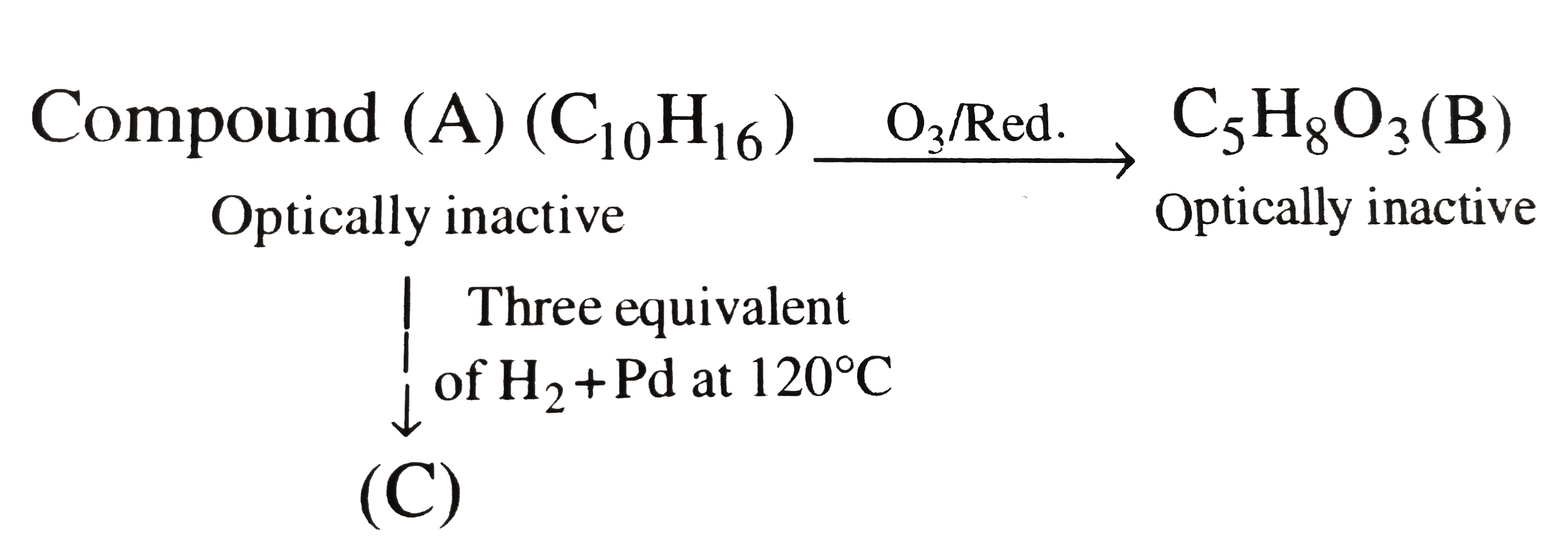
If both compounds (A) and (B) are optically active, the possible structrues of (B) are:A B
B C
C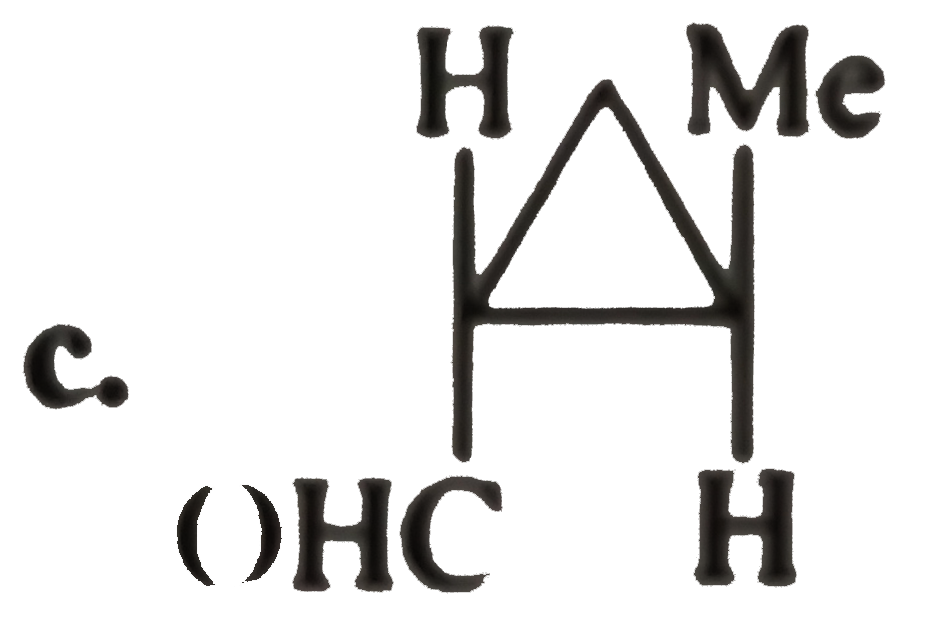 DAll
DAll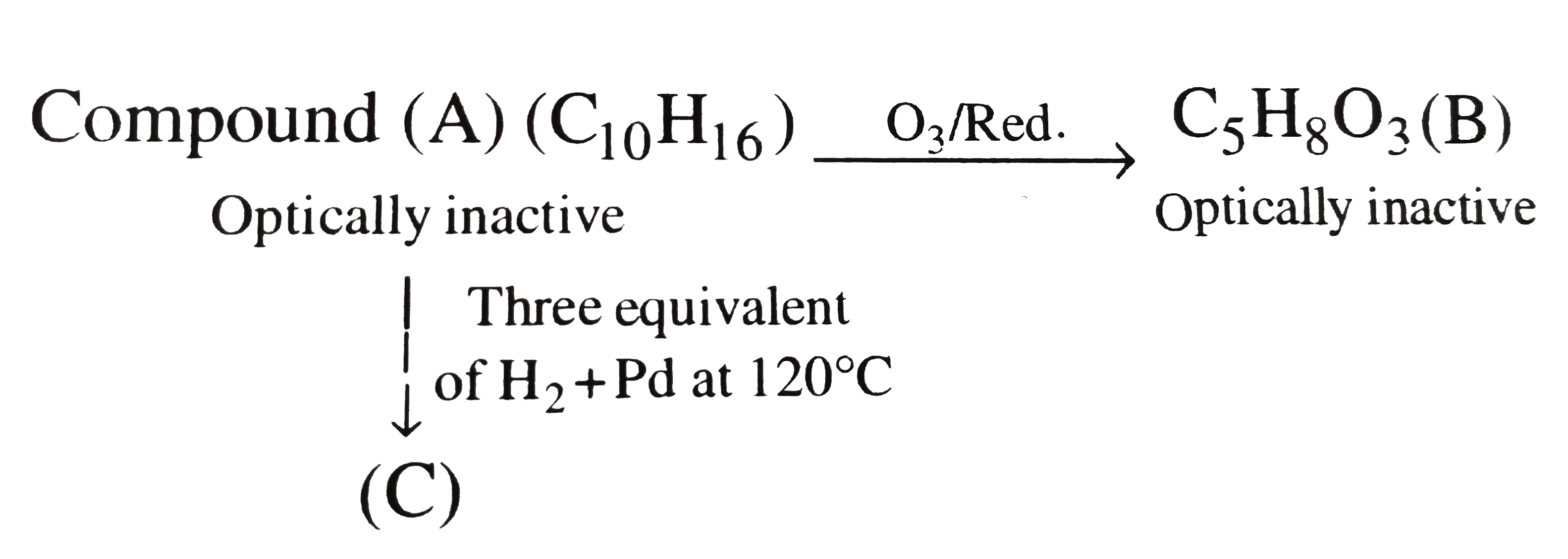
If the both compound (A) and (B) are optically active, the possible structrue of (A) is:Acis−IBtrans−ICcis−IIDtrans−II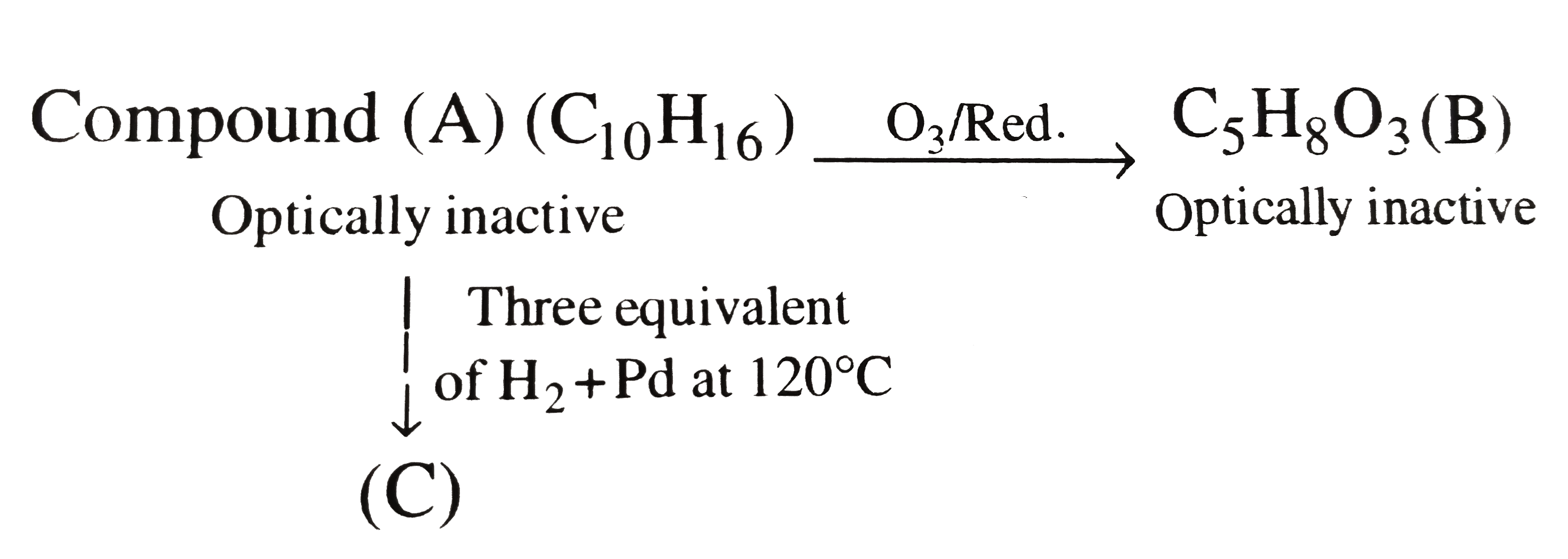
The possible structrue of (A) is :A Btrans(I),C
Btrans(I),C Dtrans, (II)
Dtrans, (II)
Which of the following compounds is/are optically inactive
View SolutionWhich of the following compounds is/are optically inactive
View SolutionThe optically inactive amino acid is
View SolutionWhich of the following compounds would be optically inactive?
View SolutionThe compounds

are optically inactive because
View Solution
